Entering Israel from Jordan

Our Jordanian tour company representative accompanied us as far as possible through the customs and immigration bureaucracy on the Jordanian side of the Sheik Hussein bridge border crossing. We proceeded to sit in the Jordanian bus for 45 minutes (thank goodness, with the air conditioning on), waiting to make the five minute drive across the short bridge over the Jordan River into Israel. I wonder if it is by intention that the majority of the Israeli customs inspectors were strong empowered Israeli army women? There were only three other people crossing the border on our bus, and they were Israelis.
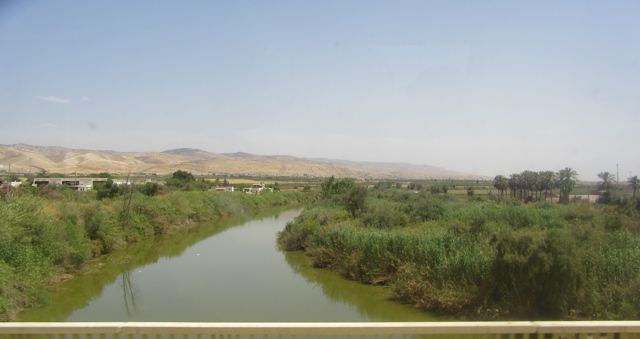
The difference between the Israeli and Jordanian sides of the Jordan valley is striking. The Jordan side has relatively poor villages surrounded by fields of vegetables, fruits, and olive trees. The Israeli side looks more like California's central valley…large lush fields not showing any lack of irrigation resources. The residences visible from the road were more "middle class" in quality compared with the simple Jordanian residences.
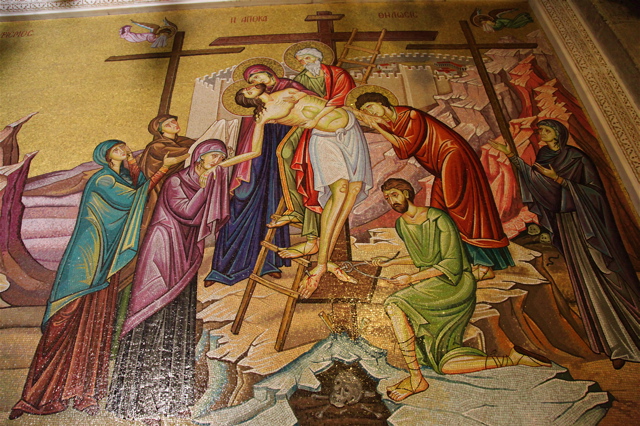
Our friend, Nataly, who lives in Haifa, picked us up at the border. Nataly was originally from Ukraine. She immigrated to Israel in 1986 when the former Soviet Union (of which Ukraine was a part) allowed Jews to emigrate, but with no possessions and no papers. They were rendered "stateless", being forced to renounce their Soviet citizenship. Luckily, Israel was willing to accept all such immigrants. Thus, today there is a large Russian-speaking immigrant segment of Israel's population. The Russian immigrants were generally not practicing Jews, partly because religion in general was suppressed in the Soviet Union. But this secular tendency is a source of resentment from Orthodox Israeli Jews, who consider the Russians to be opportunistic interlopers who took advantage of Israel's generosity in accepting them from the USSR, but did not reciprocate by integrating themselves into the traditional Israeli culture.

The Israeli cliché is: Jerusalem prays, Tel Aviv plays, and Haifa works. Haifa is Israel's biggest port, making it a transportation and distribution hub for the whole country. It was so refreshing after being in Jordan and Turkey, to see uncovered women of all ages walking the streets. By uncovered, I mean beachwear: shorts, short sleeves, and no head coverings, not to mention piercings and tattoos. The number of women on the street compared to men was much higher than in the Moslem countries. Also, the body language of how women walk is much freer in Israel. Israel feels like Europe or America, even though it's located in the middle of the Middle East.


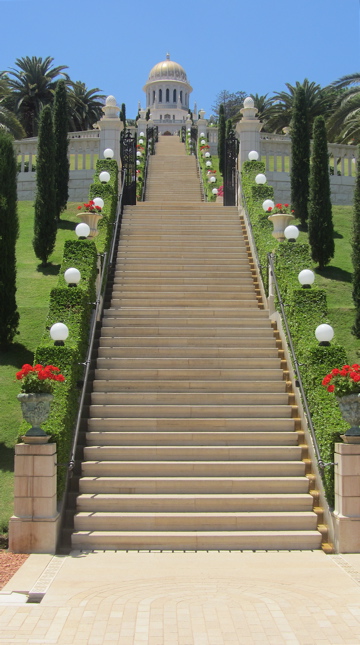
One of Haifa's jewels is the Bahai Gardens, a worldwide center of the Bahai religion, which was originated by a Persian religious visionary in the early 19thcentury. For his visions, he was executed by the Persians. Bahai's next visionary was exiled together with his followers to Haifa, which at that time was under the rule of the Ottoman Empire. From this base in Haifa, the Baha'i faith has built beautiful temples around the world. I had previously visited the Baha'i temple in New Delhi, India. The sculpted gardens of Haifa are among the most beautiful gardens I've ever seen anywhere in the world.
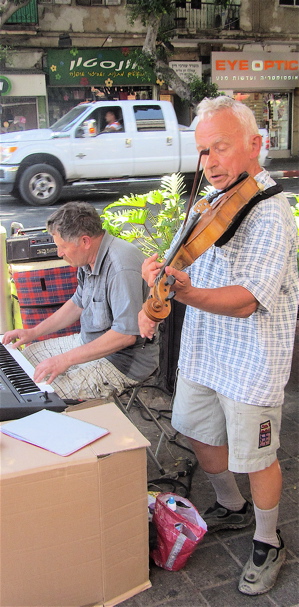
Our second stop in Israel was the town of Rehovot, home to Susan's sister and brother-in-law. I had visited them in Rehovot once before, in 1999, and Susan had visited them one additional time. So we were returning to familiar surroundings. It was a great place to rest, recuperate, do laundry, and write blogs. We visited with Israeli friends that we had met on our previous trips. Rehovot is home to the Weizmann Institute, a world-class scientific research facility. Thus, Rehovot is home to many international researchers, many of them English speakers.

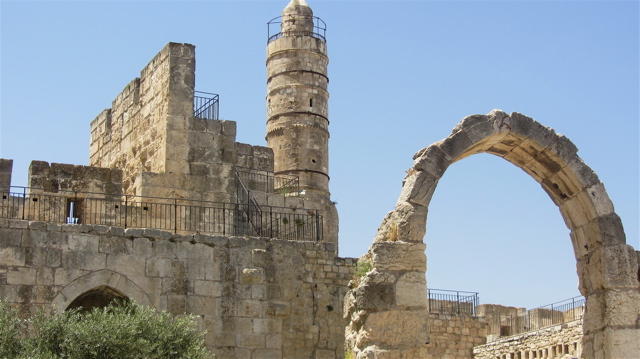
Our final Israeli destination is Jerusalem, to attend an international nursing conference, at which Susan is speaking and presenting two poster sessions. We arrived a day and a half before the conference, which allowed us to wander through the Old City, that historic city that is sacred to Jews, Moslems, and Christians. We viewed a short film outlining Jerusalem's history. It has been ruled by many different kings, including Babylonians, Persians, Turks, Greeks, Alexander the Great, Romans, Christian Crusaders, Ottomans, and British. The Jews have a long history in Jerusalem, but they were banished from Jerusalem by both the Babylonians and the Romans in ancient times, and by the Jordanians in the 20th century. Israel regained control of Jerusalem in the 1967 war.

Jerusalem is a very diverse city. Unfortunately, the native Jews, Moslems, Christians, and Armenians seem to live completely segregated lives. Only the international tourists cross freely between the communities. I didn't see a single case of a Jewish girl/woman walking together with a Moslem girl/women. (Though Moslem-Hindu socialization is not so common in India, I observed this mixing regularly.)

When the Moslems controlled Jerusalem, they defaced many of the synagogues. Israel prides itself on the fact that now any religion can freely attend and maintain its holy buildings. Of course, the Palestinians want East Jerusalem as the capital of their future Palestinian state. But Israel says "never again" to allowing Jerusalem to be divided into religious exclusion zones. This is one of the major sticking points to a peace settlement.
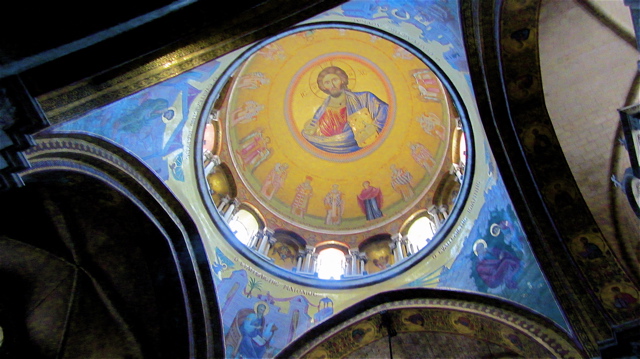
The other major disagreement is over a Palestinian "right of return," which would allow the displaced refugees living for decades in camps in Lebanon and Jordan to return to the proposed Palestinian state. This would exacerbate the population bomb that would have Arabs outnumbering Jews in the land that Orthodox Jews believe was given by god to Jews alone, never mind that the Palestinians co-habited the land of Palestine for centuries.
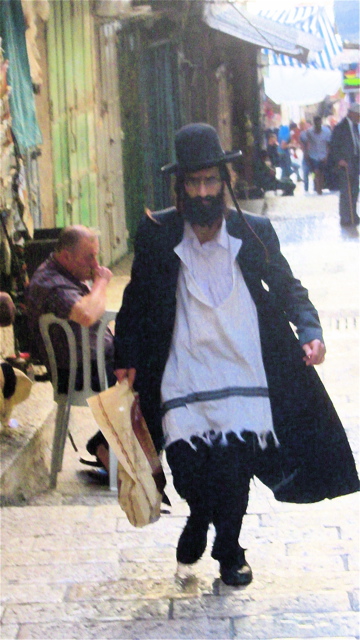
The impetus for this month-long trip was the Jerusalem International Nurses Conference, which will be described in a separate blog. Our tourist activities included visiting the King David Museum, wandering the Arab market, visiting the Wailing Wall (Judaism's sacred relic of the second temple), visiting the recently opened tunnels under the old city, and attending an impressive light & music show inside the King David Tower complex.

For all its diverse history, having been ruled by different foreign powers and religious sects, Jerusalem remains the most socially dysfunctional city I've ever experienced. All the factions hate each other and have no social contact at all. Imagine Washington, DC, in which the whites, blacks, Latinos, and different religious groups all scrupulously avoided any contact with each other. Even the different Christian sects: the Catholics, Greek Orthodox, Coptics, Armenians, and Ethiopians, all shun each other. Same for the Orthodox Jews versus all other Jews. And of course, the Muslims shun and are shunned by everybody else. That's modern Jerusalem. More about this in a future blog.
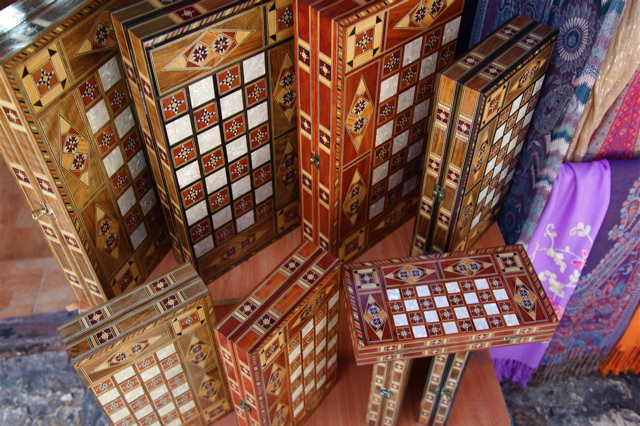

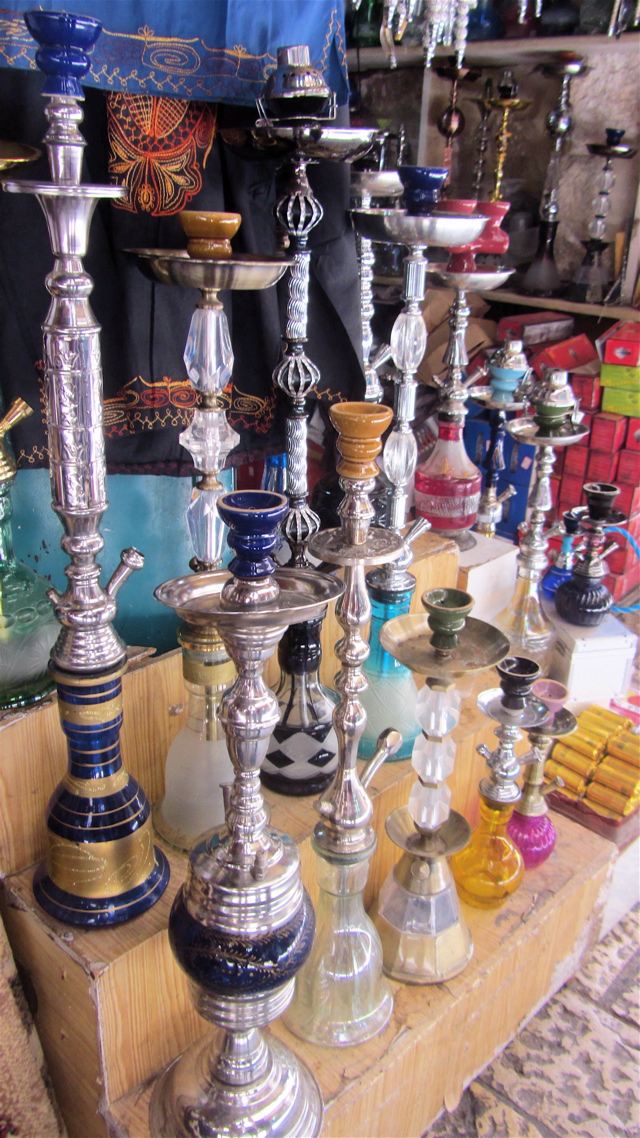
0 Comments on Entering Israel from Jordan
Join the Conversation